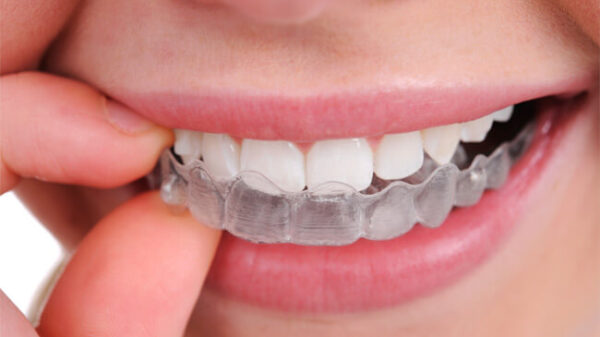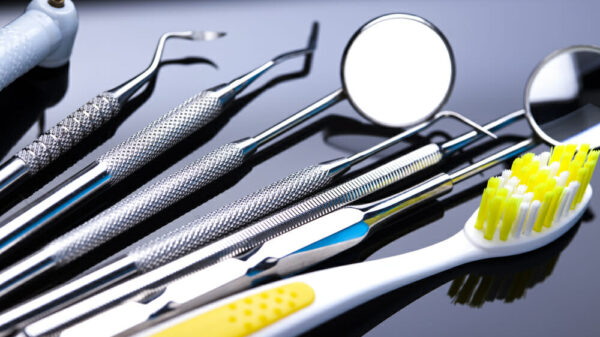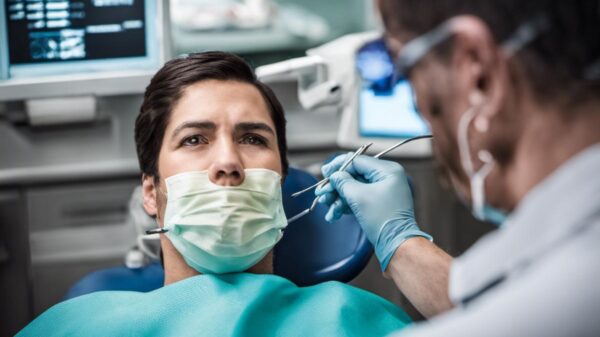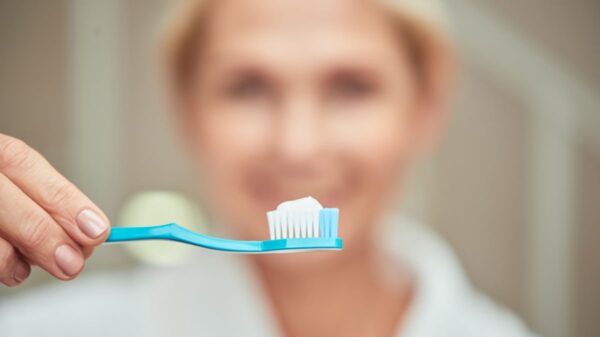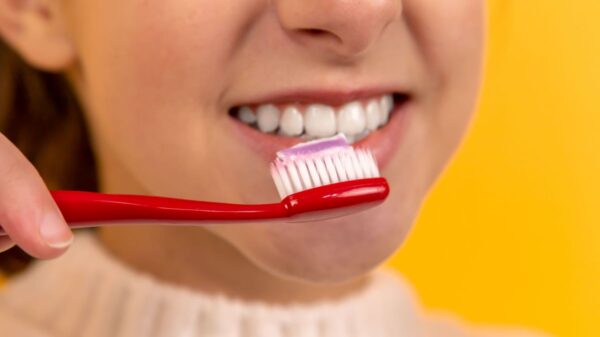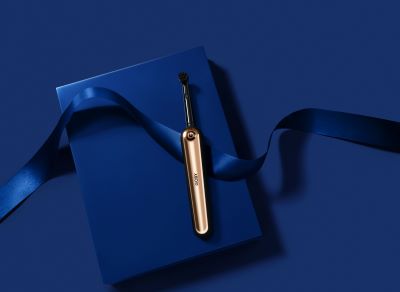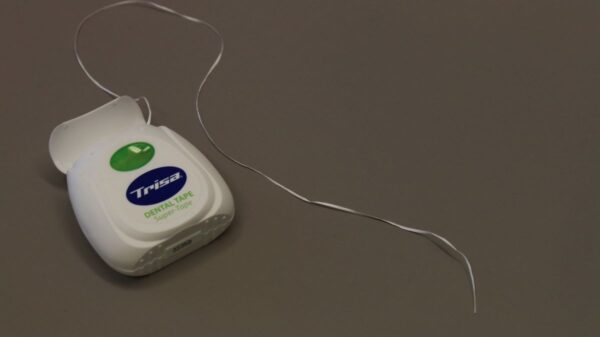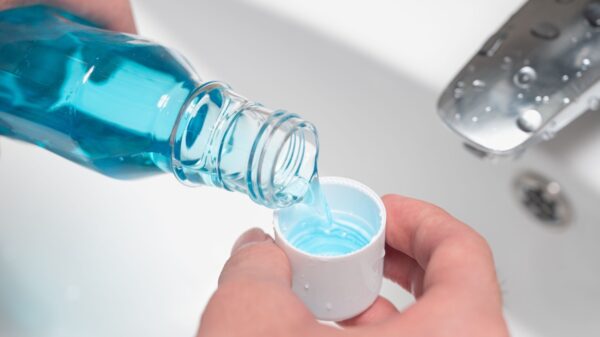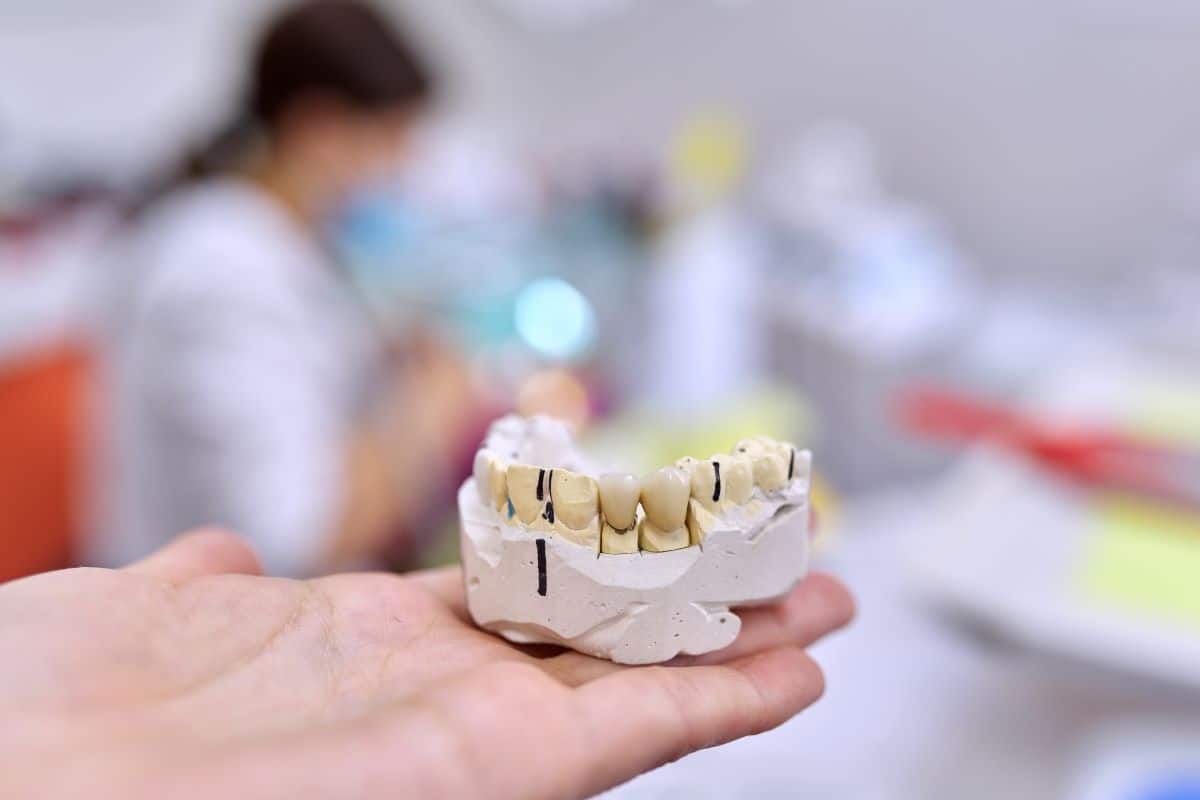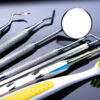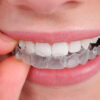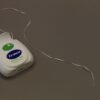How Long Does A Temporary Crown Last?
Visiting the dentist regularly is extremely important for keeping up with your oral health. Regular visits can detect and even prevent tooth decay, cavities, etc. If your dentist does find a problem, he or she may suggest that you need a permanent crown and will fit you with a temporary crown until the permanent one is ready.
So how long will this temporary crown last? As the name suggests, a temporary crown is only meant to last for a short period of time. Typically, a temporary crown should last about three weeks, but some can last even longer than that if necessary, depending on the material used.
Temporary crowns can be either made of metal, porcelain, resin, or plastic. Different materials can last for differing amounts of time before needing replacement. For instance, metal crowns are generally very sturdy and can last longer than plastic or resin crowns.
In this article, we will answer how long each type of temporary crown can last and how to care for your crown while waiting for your next dental appointment.
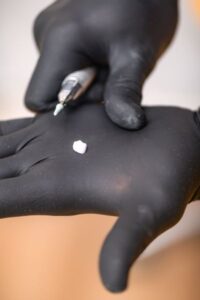
Metal Temporary Crowns
Metal crowns are very sturdy and can last up to six months when cared for properly. However, they may need replacement in cases where there is a lot of exposure to dental cleaning agents such as mouthwashes, or if they become loose.
You should also consider if a metal crown is right for you if you are taking antibiotics that could react with the metal and discolor your teeth.
Porcelain Temporary Crowns
Porcelain temporary crowns are generally designed to last even longer than their metal counterparts, although the exact longevity of time depends on your particular case and treatment type.
They can be effective at protecting tooth preparations for multiple months but may wear down with time if exposed to strong chemicals such as mouthwashes and bleaching solutions during treatment. They are also heavier than resin or plastic crowns, which can be uncomfortable for some people.
Plastic Temporary Crowns
Plastic temporary crowns are more lightweight compared to metal or porcelain types due to being made of polymethyl methacrylate (PMMA).
This also makes them more susceptible to wear and tear which means they will only last for a few weeks. For plastic temporary crowns to be effective, only a thin layer is needed over the tooth preparation.
However, there is a chance they may become loose or fall off due to chewing on hard foods such as apples. They are generally less likely to cause staining issues compared to metal types but can discolor if used with bleaching agents.
Resin Temporary Crowns
Resin temporary crowns were initially invented to provide increased strength and durability compared to existing plastic temporary crown designs at the time.
These types of crowns are commonly made from zirconia ceramic compounds that incorporate glass fibers for added strength. This is effective in keeping the crowns strong and resistant to wear, making them able to last for a few months.
However, they are still susceptible to cracks if exposed to strong acids such as dental cleaning solutions over extended periods.
What Is A Temporary Crown?
A temporary dental crown is a protective covering that fits over a cavity to protect the tooth from being damaged. They are also referred to as “flipper” crowns since they can be used by patients who have lost their natural teeth and need a replacement before getting fitted for another prosthesis.
Temporary crowns are usually made of plastic or metal. They’re not permanent and are meant to be used for a short period until the patient gets fitted for a permanent replacement.
A temporary crown can be fitted after your dentist prepares your tooth to receive the prosthesis. This makes it possible for them to fit over the prepared cavity. It is meant to act as a vessel of protection until an actual prosthesis will take its place.
Your dentist may give you instructions on how long you should wear these appliances within your mouth and how much time must pass before getting fitted for the final prosthesis.
However, these instructions are general guidelines only and may vary depending on multiple factors such as the condition of your tooth preparation, type of prosthesis to be made, etc.
It is important to follow your dentist’s advice when it comes to caring for temporary crowns in order not to shorten their lifespan.
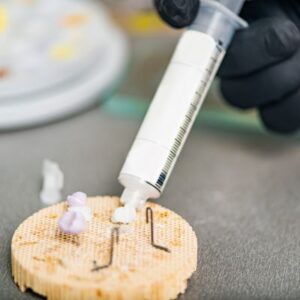
Why Would Someone Need A Temporary Crown?
Temporary crowns are needed for a variety of reasons. The most common ones include:
- Crown replacement during a cavity treatment.
- Crown replacement after a dental implant has been placed to make sure that the bone and tissue surrounding it heal properly.
- Crown replacement if you’ve lost one or more natural teeth due to decay, accident, injury, medical conditions.
In general, temporary crowns are used by our dentist as a temporary holding device until they can be replaced with permanent restorations such as dental implants or permanent crowns.
In some cases, however, they might need to stay in place for several months because it takes time before the mouth is ready for these permanent restorations.
This happens when there is still damage affecting the soft tissues so they need to heal before the dentist can install crowns, bridges, or dentures.
Temporary crowns are also used when someone has lost one or more natural teeth and needs them replaced with prosthetic devices. After the tooth has been removed, it will be sealed with a temporary cap to protect it against bacterial exposure and damage while trying out different replacements.
Once the patient finds the perfect fit for their mouth, their replacement will be bonded permanently onto the implant site.
Temporary Crown Procedure in Four Steps
- The dentist starts by removing any decay from around the tooth. Since temporary crowns have no inlays, the cavity must be completely cleaned out with an air file before being temporarily sealed with a filling.
- The doctor will need to fabricate the temporary crown using molds, impressions, or scans. Some laboratories can even manufacture one on-site through 3D printing technology if necessary!
- Once that’s done, the temporary crown is placed over the tooth.
- Last but not least, once it fits well enough (the dental lab technician should have checked the fit before sending it to the dentist), your dentist will bond the crown onto the tooth with special dental cement.
It is recommended to replace a temporary crown immediately after seeing signs of decay or damage such as fractured edges and corners, chips, scratches, color change… etc. Otherwise, you might need another procedure done.
How to Care For A Temporary Crown
It is important to take extra care while you have a temporary crown to prevent it from cracking or coming off. The cement used on them is not as strong as what is used for permanent crowns, so they are more fragile and susceptible to damage.
Here are some steps for caring for your temporary crown:
- Be careful with what you eat. Try to avoid chewing on the side of your mouth where the crown is located and avoid eating hard or sticky foods such as gum, ice, hard pieces of bread, hard candies, crunchy fruits and vegetables, and popcorn.
- Keep up with your brushing and flossing. Bacteria and pieces of food can get underneath the crown since the seal isn’t as tight as a permanent crown, so it is important to continue to brush and floss regularly to prevent cavities from forming. The crown should be able to withstand normal brushing and flossing, but be sure not to do so too vigorously.
- Be aware of what to do if it does come off. If your crown comes off, don’t try to wait it out until your next appointment. Having your tooth exposed could be uncomfortable and even dangerous. Try to pop the crown back into place and if you can’t or if you lose it, contact your dentist so that they can replace it.

How To Avoid Needing A Temporary Crown
Although it is very difficult to prevent losing a tooth or teeth altogether, you can take steps at home to reduce your chances of needing a temporary crown. This includes practicing good oral hygiene and visiting your dental office for regular checkups every six months.
If a cavity forms on your tooth, don’t wait too long to have it treated. This could cause the damage to spread quickly and require more serious treatment.
As soon as you notice any signs of early decay such as discoloration, chipped corners, etc on your natural teeth, be sure to contact your dentist immediately so they can help you out.
You should also avoid consuming anything that could potentially damage your natural teeth further such as sticky foods or acidic beverages.
In addition to these simple steps, you should also maintain a healthy lifestyle by eating nutritious foods and getting plenty of exercises.
Poor oral health is often linked to serious medical conditions so maintaining your physical health can go a long way in reducing your chances of needing more treatments later on.
Another option is to seek different dental procedures. While dental implants are more expensive, they will last your entire life, and rarely would you have to worry about an implant coming out.
In Conclusion
Temporary crowns can last anywhere from a few weeks to a few months. These crowns are designed to cover the lost or damaged tooth temporarily while a permanent solution is crafted. It is important to practice good oral hygiene during the time you have a temporary crown.
If your temporary crown comes off or gets damaged, contact your dentist as soon as possible to avoid further damage and pain.




